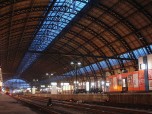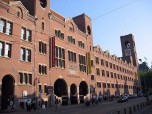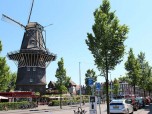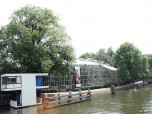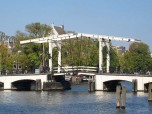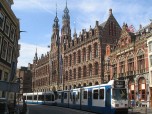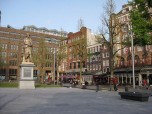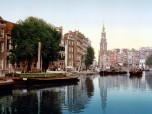The Centraal train station is like the heart of Amsterdam, not just because of its name, but because it is a major public transport hub for the area. As many as 250,000 people pass through the station during a single day, including tourists and locals.
Bustling With Activity
The Amsterdam Centraal Station acts as the main transportation center in the city. In fact, many tram and bus lines end their runs here. City ferries from water-front stations drop vehicles off, as well. Tourist boat services also use the station for their docks. Hence, it is easy to understand how so many people can pass through this single station.
Access and Transportation
It is difficult to access the station by car because there is very little parking available. This is an extremely busy area, but it is possible to drop off or pick up passengers and luggage. Additionally, there is a good transportation system, with trams and buses bringing people to the station. Taxis are also an option for those who do not wish to use public transport.
Trains to Other Destinations
Fast trains connect travelers with other major cities in Europe, including Brussels, Cologne and Paris. This makes the area a great place to visit and then use as a launching-off point to another country.
History and Reconstruction
The facility was first opened to members of the public in 1889, after construction began in 1881. Much like several other distinctive buildings of the time, such as the Magna Plaza and the Amsterdam Philharmonics, this station was designed with a Neo-Gothic influence, which is also referred to as Neo-Renaissance. Petrus J. H. Cuypers was responsible for designing it, and he was considered one of the greatest architects at the time. In fact, the Queen was so impressed that she awarded Cuypers a Royal Golden Medal.
The Amsterdam Centraal Station is a historical tourist destination, but it is one with a functional purpose as well. Be sure to confirm travel plans in advance to avoid confusion, as this is a busy part of the city.

